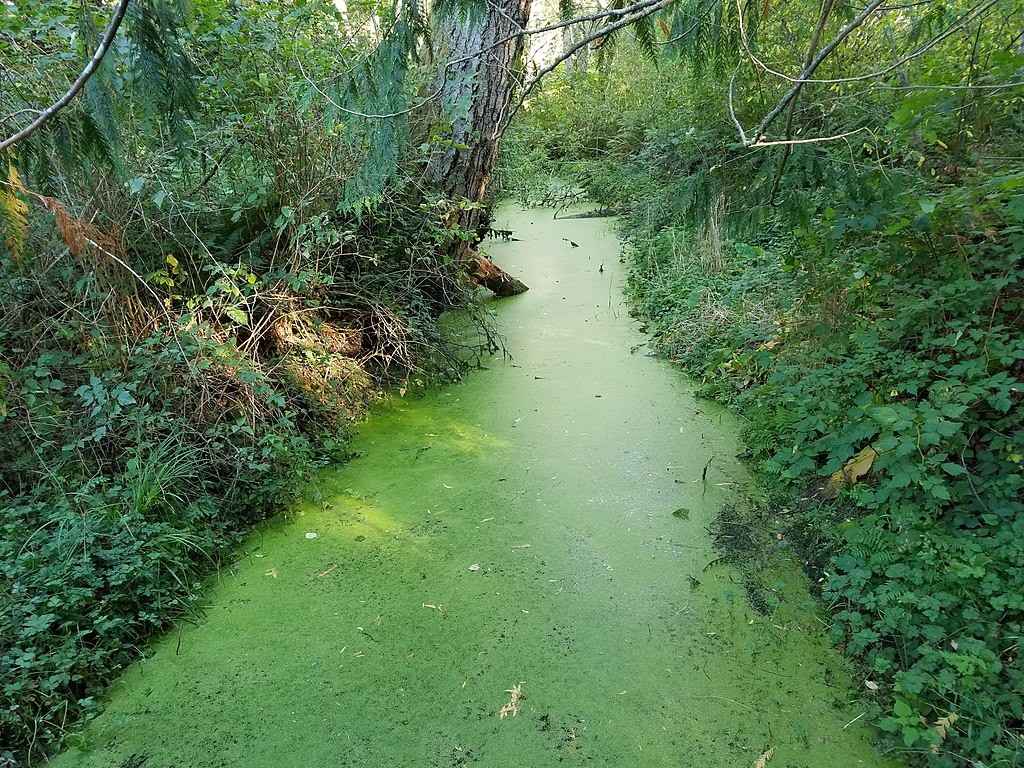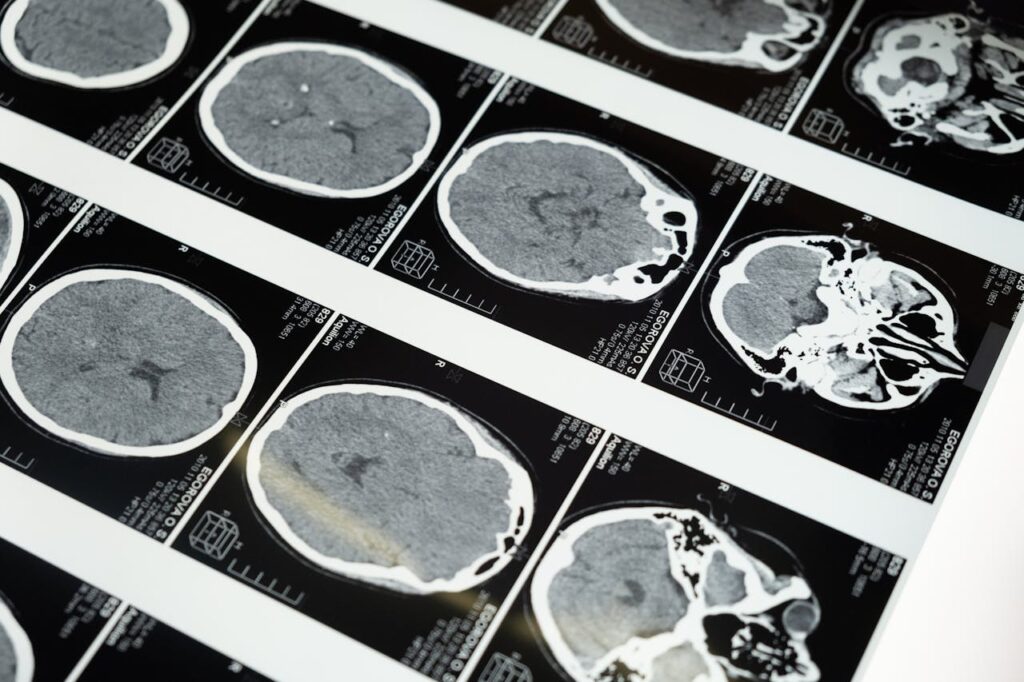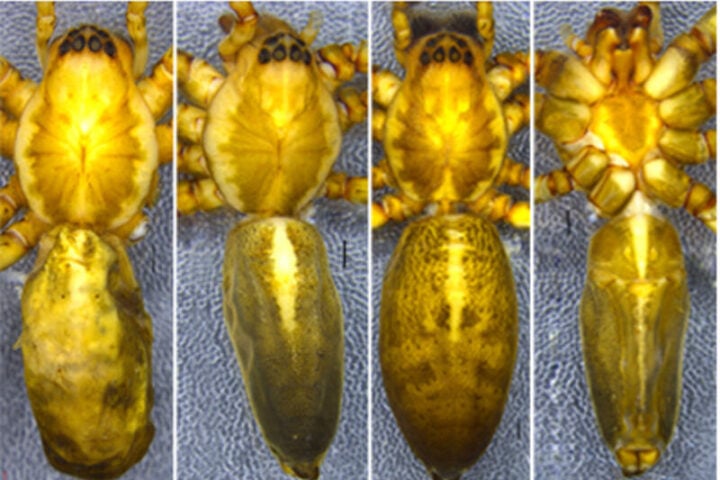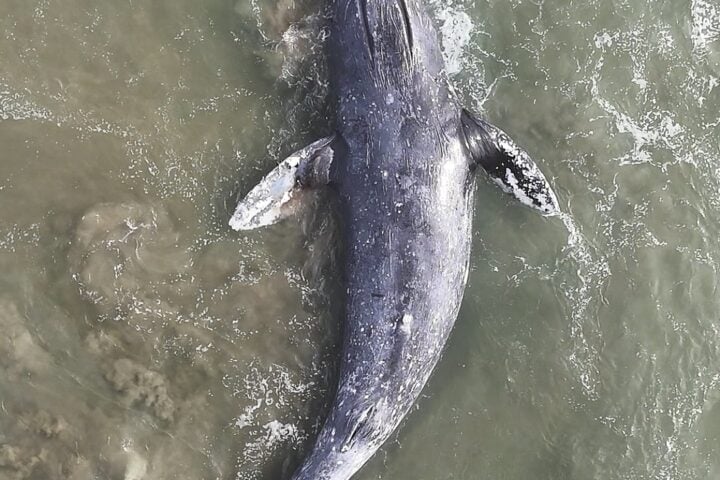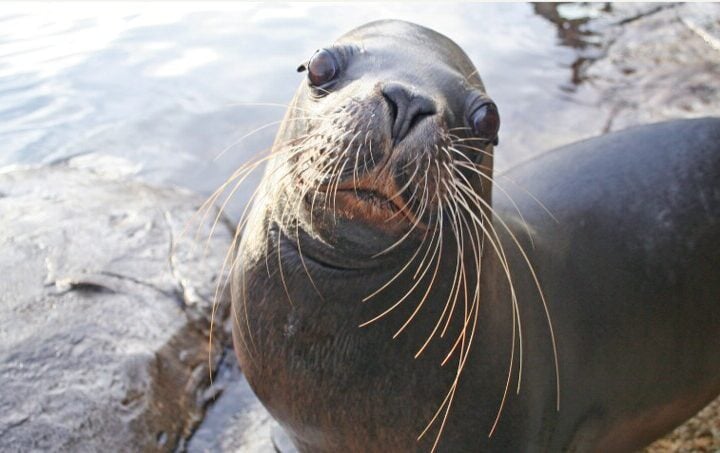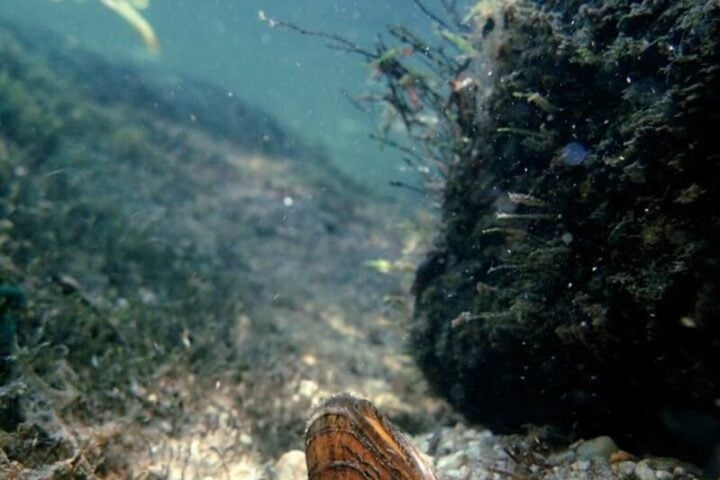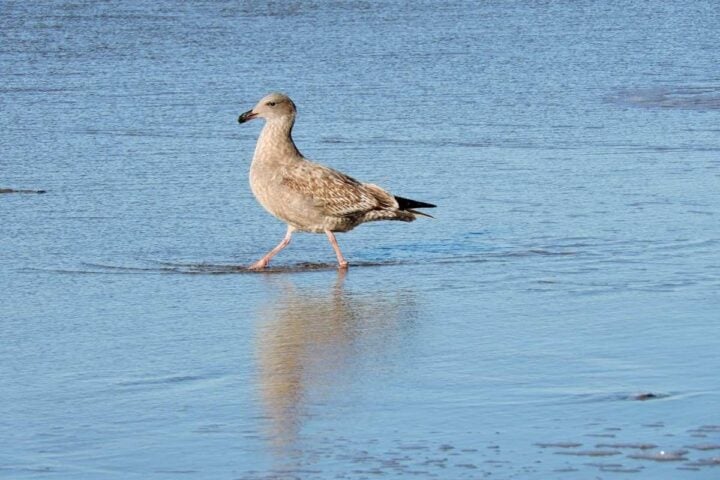When a body of water turns an unsettling shade of green, red, or brown, it often signals something more sinister than a mere colour change. These vivid transformations frequently herald harmful algal blooms (HABs) – excessive growths of naturally occurring algae that have become increasingly problematic worldwide. Research shows these toxic events have surged by a staggering approximately 59% between 2003 and 2020, transforming from occasional nuisances into persistent ecological threats.
The Anatomy of a Bloom: Not All Algae Are Villains
Algae form the foundation of aquatic food webs, producing oxygen through photosynthesis and supporting countless marine and freshwater species. However, under certain conditions, these microscopic organisms multiply explosively, creating dense mats that wreak havoc on ecosystems.
Dr Raphael Kudela and colleagues at UNESCO explain that HABs occur in virtually all aquatic environments – freshwater lakes, brackish estuaries, and marine coastlines. While naturally occurring, many HAB species produce potent toxins that can sicken humans, kill marine life, and devastate ecosystems.
“Photosynthetic algae support healthy aquatic ecosystems and form the base of the food web, fixing carbon and producing oxygen,” notes the UNDRR report. “Under certain circumstances, some species can form high-biomass and/or toxic proliferation of cells, thereby causing harm to aquatic ecosystems.”
These blooms appear in various hues – blue-green, yellow, brown, pink, or the infamous “red tides” – creating what NOAA describes as low-oxygen “dead zones” that can trigger mass fish die-offs. Even non-toxic blooms pose serious threats through oxygen depletion and physical damage to aquatic life.
Dual Culprits: Nutrient Pollution and Climate Change
Two major factors drive the global HAB surge:
Nutrient Overload
Agricultural runoff, laden with nitrogen and phosphorus from fertilizers, acts like steroids for algae. Wastewater discharge and stormwater runoff compound the problem, delivering nutrient cocktails directly to water bodies. This process, called eutrophication, creates perfect conditions for explosive algal growth.
Climate Amplification
Rising water temperatures create ideal conditions for many HAB species, particularly cyanobacteria (blue-green algae). NOAA research shows cyanobacteria thrive in warm, slow-moving water, outcompeting beneficial algae as temperatures climb. Climate change affects HABs through multiple mechanisms:
- Temperature advantage: “CyanoHAB species grow faster than other algae at warmer temperatures,” the EPA explains.
- Vertical migration: These organisms can travel through the water column, accessing nutrients in cooler bottom layers while photosynthesising in warmer surface waters.
- Self-reinforcing warming: “CyanoHABs absorb sunlight and release heat, making surface waters even warmer, further increasing their advantages,” notes the EPA.
- Changing salinity patterns: Climate-driven droughts increase salinity in freshwater systems, allowing salt-tolerant “golden algae” to invade inland lakes, while heavier rainfall events flush more nutrients into water bodies.
- Carbon dioxide boost: Higher atmospheric CO₂ levels accelerate algal growth, especially among surface-dwelling cyanobacteria.
Similar Posts
Cascading Impacts Across Ecosystems and Economies
HABs create ripple effects throughout aquatic systems and human communities:
Ecological Collapse
When blooms die and decompose, bacteria consume dissolved oxygen, creating hypoxic (low-oxygen) or anoxic (no-oxygen) zones where fish and other aquatic life suffocate. Even non-toxic species can cause harm – raphidophytes like Chattonella and Heterosigma produce substances that damage fish gills, while dinoflagellates such as Karenia and Karlodinium cause similar problems.
Human Health Hazards
Various HAB toxins pose serious health risks through multiple exposure routes:
- Contaminated seafood: Shellfish filter and concentrate toxins, leading to conditions like Paralytic Shellfish Poisoning (PSP), Neurotoxic Shellfish Poisoning (NSP), and Amnesic Shellfish Poisoning (ASP).
- Water contact: Swimming in contaminated waters can cause skin rashes and eye irritation.
- Aerosol inhalation: Breaking waves can aerosolize toxins, causing respiratory issues, particularly for people with asthma or chronic lung conditions.
- Drinking water contamination: Freshwater HABs can compromise municipal water supplies, as occurred in Toledo, Ohio in 2014 when microcystin contamination left 500,000 residents without safe drinking water.
Economic Devastation
The financial toll of HABs extends far beyond environmental damage:
- Fisheries collapse: Commercial and recreational fishing operations face closures during blooms, with aquaculture particularly vulnerable as enclosed fish cannot escape affected waters.
- Tourism losses: Beach closures and fish kills drive visitors away from coastal communities dependent on tourism dollars.
- Water treatment costs: Municipalities must implement expensive additional treatment processes when HABs threaten drinking water sources.
- Desalination challenges: HABs pose growing threats to desalination plants in water-scarce regions, potentially compromising water security for millions.
Monitoring and Management: The Scientific Response
While eliminating HABs completely remains unrealistic, researchers have developed increasingly sophisticated tools to track, predict, and mitigate their impacts:
Advanced Detection Systems
Remote sensing through satellites allows scientists to monitor large water bodies for potential blooms. NOAA’s Harmful Algal Bloom Monitoring System uses satellite imagery, field observations, models, and buoy data to track blooms in regions like the Gulf of Maine, Lake Erie, Florida, Louisiana, and North Carolina.
Predictive Modeling
NOAA’s Harmful Algal Bloom Operational Forecast System provides both short-term (weekly) and seasonal forecasts, helping coastal managers prepare for potential bloom events. These forecasts identify which blooms may become harmful, their likely size, and projected movements.
Experimental Control Methods
Several promising mitigation approaches are under investigation:
- Modified clay applications: When dispersed on water surfaces, specially developed clays bind with algal cells and toxins, carrying them to the seafloor.
- Nanobubble aeration: Tiny bubbles smaller than a human hair width create ozone that helps dissolve harmful algae.
- Biological controls: Researchers are studying bacteria that might selectively target toxic dinoflagellates without harming other organisms.
Global Coordination for a Growing Threat
HABs recognize no borders, requiring international collaboration. The Intergovernmental Oceanographic Commission (IOC-UNESCO) coordinates global research on HABs through initiatives like GlobalHAB, which brings together scientists worldwide to improve understanding, prediction, and mitigation strategies.
“Harmful algal blooms are a worldwide phenomenon requiring an international understanding leading ultimately to local and regional solutions,” states the UNDRR. “Research, management, and mitigation efforts directed towards HABs must be coordinated with other local, national, and international efforts focused on food and water security, human and ecosystem health, ocean observing systems, and climate change.”
Future Outlook: Prevention as a Priority
Scientists emphasize that while detection and mitigation remain crucial, addressing root causes offers the most sustainable path forward:
- Nutrient reduction: Implementing agricultural best practices, upgrading wastewater treatment, and restoring wetlands that naturally filter nutrients.
- Climate action: Reducing greenhouse gas emissions to slow warming waters and changing precipitation patterns.
- Enhanced monitoring: Developing comprehensive national monitoring programs that continuously update to include emerging toxins.
The fight against HABs represents a complex convergence of water quality management, climate adaptation, public health protection, and ecosystem conservation. As these toxic blooms continue expanding their reach, coordinated scientific efforts offer the best hope for protecting waters that sustain all life on Earth.
Frequently Asked Questions
Harmful algal blooms (HABs) are excessive growths of naturally occurring algae that can produce toxins harmful to humans, marine life, and ecosystems. They appear as discolored water (green, red, or brown) and can create “dead zones” by depleting oxygen in water bodies. They’re dangerous because they can contaminate drinking water, make seafood toxic to consume, cause respiratory issues when aerosolized, and lead to mass die-offs of aquatic life.
The global surge in harmful algal blooms is primarily driven by two factors: nutrient pollution and climate change. Agricultural runoff containing nitrogen and phosphorus from fertilizers, wastewater discharge, and stormwater runoff provide excessive nutrients that fuel algal growth. Climate change amplifies the problem by creating warmer water temperatures ideal for algal reproduction, altering precipitation patterns, and increasing atmospheric CO₂ levels that accelerate algal growth.
HABs pose several health risks to humans through multiple exposure routes. Consuming contaminated seafood (especially shellfish) can lead to various poisoning syndromes including Paralytic, Neurotoxic, and Amnesic Shellfish Poisoning. Direct contact with contaminated water can cause skin rashes and eye irritation. Breaking waves can create aerosols containing toxins that cause respiratory issues when inhaled. In severe cases, HABs can contaminate drinking water supplies, as happened in Toledo, Ohio in 2014 when 500,000 residents lost access to safe drinking water.
While HABs cannot be completely eliminated, scientists have developed sophisticated tools to track, predict, and mitigate their impacts. NOAA’s Harmful Algal Bloom Operational Forecast System provides both short-term and seasonal forecasts. Prevention efforts focus on addressing root causes through nutrient reduction (implementing agricultural best practices, upgrading wastewater treatment, restoring natural wetlands), climate action to slow warming waters, and enhanced monitoring programs. Several experimental control methods are also being tested, including modified clay applications, nanobubble aeration, and biological controls.
The economic toll of HABs is substantial and extends beyond environmental damage. Commercial and recreational fishing operations face closures during blooms, with aquaculture particularly vulnerable. Tourism-dependent coastal communities lose revenue when beaches close and fish kills drive visitors away. Municipalities must implement expensive additional treatment processes when HABs threaten drinking water sources. Desalination plants in water-scarce regions face operational challenges from HABs, potentially compromising water security for millions of people.
No, not all algae are harmful. In fact, algae form the foundation of aquatic food webs, producing oxygen through photosynthesis and supporting countless marine and freshwater species. They are essential components of healthy ecosystems. Problems only arise when certain species multiply explosively under specific conditions, creating dense mats that produce toxins or deplete oxygen. Even non-toxic algal blooms can cause harm through oxygen depletion and physical damage to aquatic life when they occur in excessive amounts.
